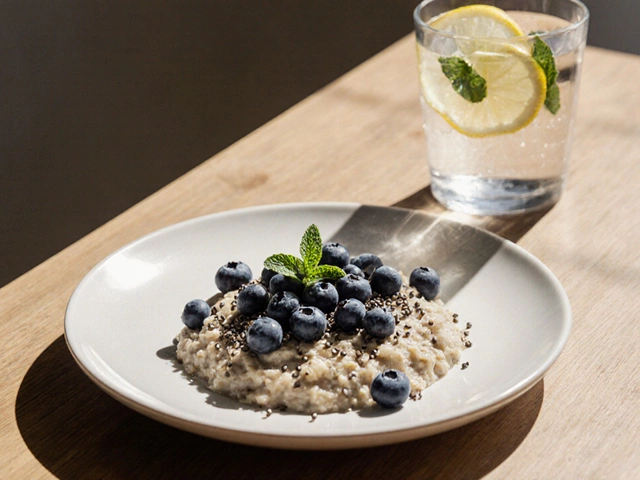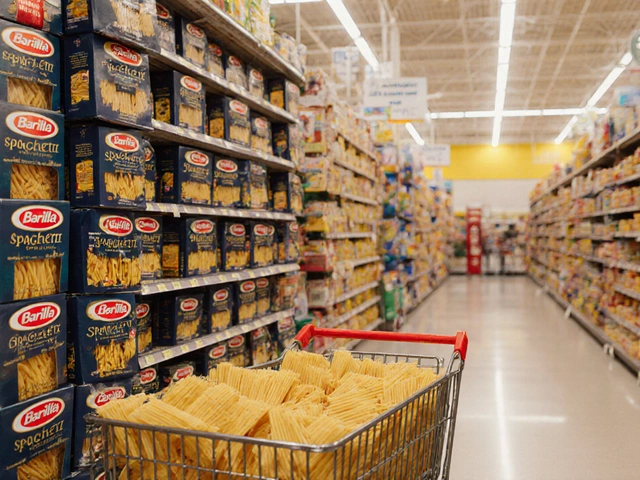Unhealthy Desserts: What Makes Them Irresistible and How to Enjoy Them Smartly
We all know that feeling – a rich chocolate cake or a gooey brownie calling your name after dinner. Those sugary, buttery treats are hard to ignore, and that’s because they hit the brain’s pleasure centers fast. If you’re wondering why you can’t say no, you’re not alone. Let’s break down why unhealthy desserts feel so good and how you can still have a slice without wrecking your goals.
Why We Love Sugar‑Heavy Desserts
Sugar gives a quick energy boost, and the fat in pastries adds a creamy texture that makes you want more. Our bodies treat both as quick fuel, so the brain releases dopamine – the feel‑good chemical. That’s why a single bite can feel like a mini celebration. Add flavors like vanilla or caramel, and you’ve got a recipe for a strong craving. It’s not magic, it’s biology.
Another reason is nostalgia. Many of us grew up with grandma’s pies or after‑school cookies. Those memories tie the taste to comfort and safety, making the dessert feel like a hug. That emotional link makes it harder to walk past the bakery window.
Tips to Tame the Sweet Tooth Without Giving Up Pleasure
First, control the portion. Instead of a huge slice, cut a smaller piece and savor it slowly. Your taste buds will report satisfaction, and you’ll avoid the crash that follows a big sugar hit.
Second, add a protein or fiber boost. Pair a piece of cake with a handful of nuts or a spoonful of Greek yogurt. The extra protein slows sugar absorption, so you stay fuller longer and avoid the post‑dessert slump.
Third, experiment with swaps. Replace some of the white sugar in a recipe with mashed banana or applesauce. You keep the moisture and sweetness, but cut down on refined carbs. Using dark chocolate (70% cocoa or more) instead of milk chocolate also reduces added sugar while still delivering that chocolate kick.Fourth, keep water handy. Sometimes a craving is just mild dehydration. A glass of water before you reach for dessert can tone down the urge and give you a moment to decide if you really want it.
Lastly, plan an indulgence day. If you know you’ll have a treat on Saturday, you’re less likely to binge during the week. Scheduling your cheat helps you stay mindful and prevents sneaky snacking.
Remember, enjoying a dessert isn’t a sin. It’s all about balance. By understanding why unhealthy sweets draw you in and applying a few simple tricks, you can satisfy that craving without compromising your health goals. So go ahead, have that piece of cake – just make it a smart piece.

Desserts to Avoid: What You Need to Know
by Landon Weathers / 19 Mar 2025Desserts can be a sweet temptation, but not all are created equal. This article delves into which sugary treats might be best to avoid if you're watching your health. From high-calorie culprits to sugar-loaded sweets that offer little nutritional value, understanding which desserts to skip can help guide smarter choices. Learn practical tips and facts on what makes some desserts less advisable, and discover ways to navigate these options when craving something sweet.


